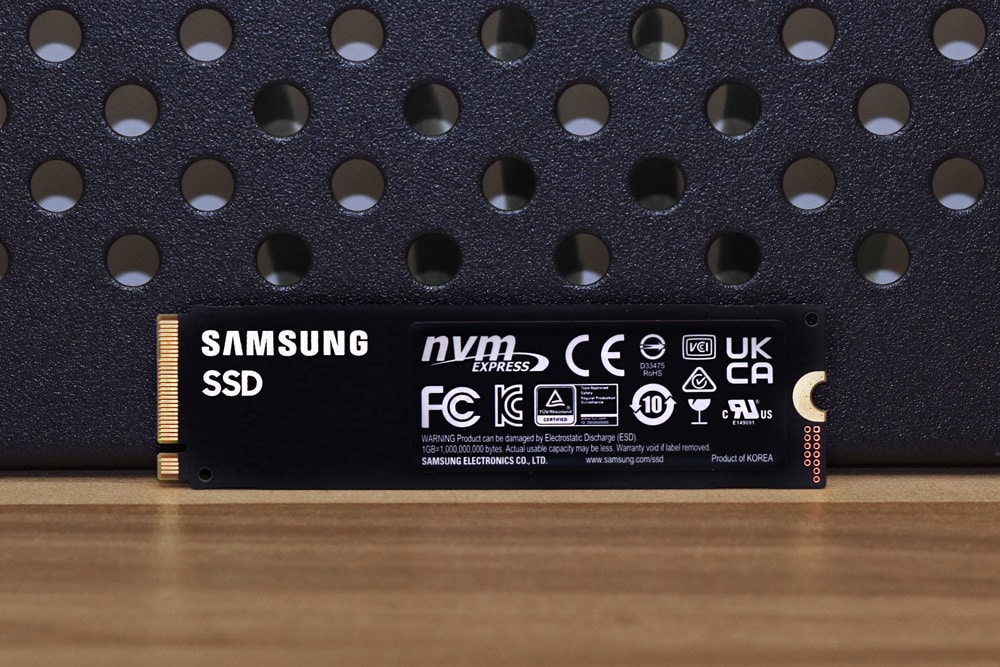Originally posted by nils_
View Post
Note they're 2.5" U.2 drives, so you'll need a cable kit to use them.



Leave a comment: